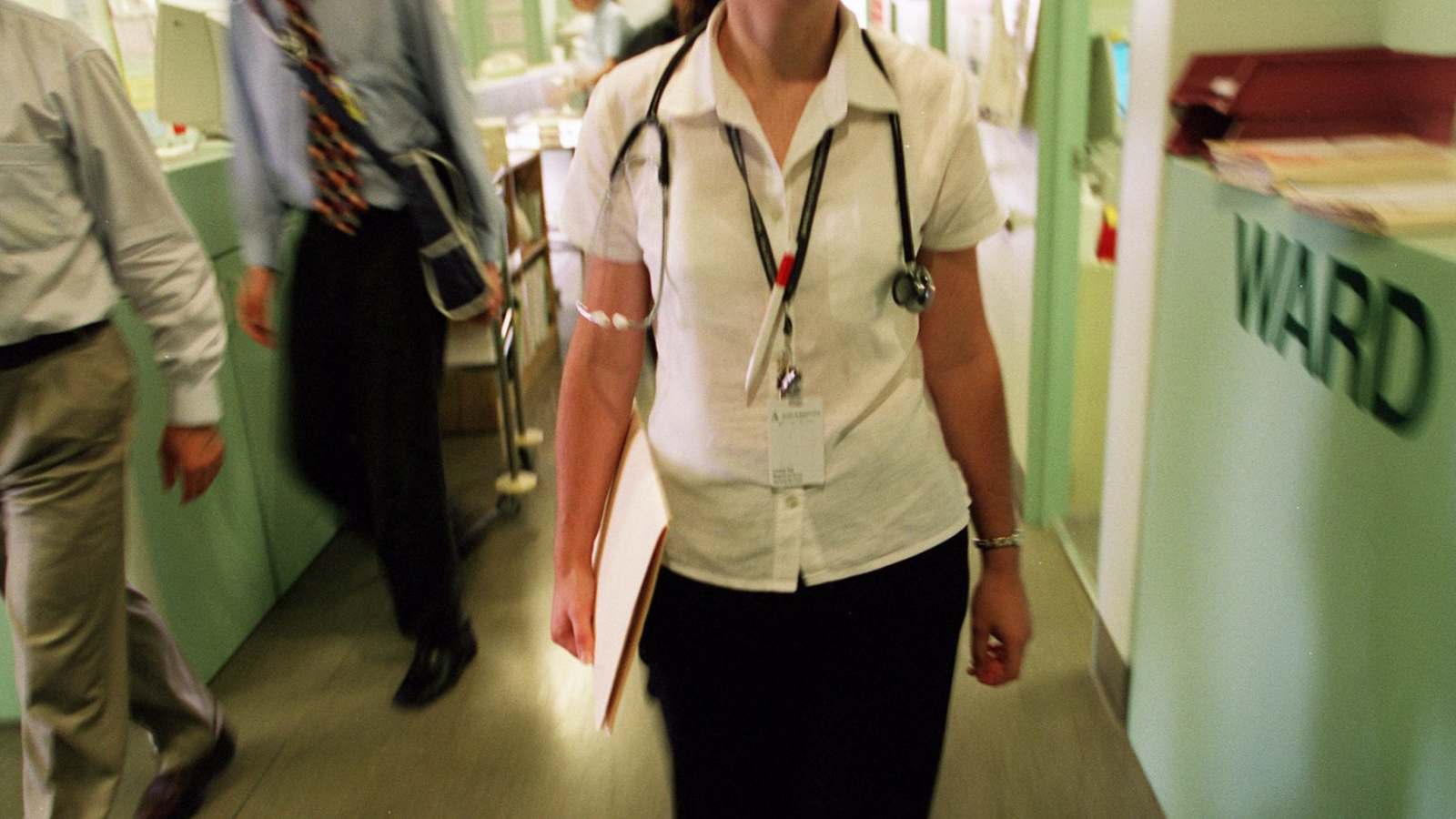If we must have a pay freeze, spare front-line jobs dominated by underpaid women
by Rosalind Dixon and Richard HoldenAnnouncing plans for a 12-month freeze on public sector pay rises in NSW this week, Premier Gladys Berejiklian said it would save about $3 billion and reduce the need for pay or job cuts. “If we don't take this decision today," she said, "the decisions we need to take down the track will be even more difficult.”

The news was greeted with hostility by Labor and the cross-bench. Opposition Leader Jodi McKay described it as a “slap in the face and a kick in the guts for all public sector employees”. Shooters, Fishers and Farmers party leader Robert Borsak declared he would not support the bill, citing lack of consultation: “When the government comes to us with a final position of take it or leave it, that’s not really the way you do business.”
From an economic perspective the pay freeze is a mixed bag at best. It helps the budget bottom line at a time of what will surely be large deficits. But it is more important to focus on the state economy than the state budget at a time like this. Growing the economy back from a position of strength, with consumer and business confidence intact, is the right medium-term strategy.
From a political perspective the freeze is much more compelling. It is a show of good faith on behalf of the government at a time when many individuals and businesses in the private sector are being hit hard by the fallout from COVID-19. Public support is crucial for everything from maintaining social-distancing measures to backing reforms such as potential changes to stamp duty. So demonstrating that the government and its workers are willing to make shared sacrifices is doubly important.
And a pay freeze is much more palatable to those who will suffer it than a pay cut – even a relatively modest one. One of the most important economic lessons from social psychology is that people place much greater weight on avoiding losses than achieving gains. Nobel laureate George Akerlof pointed out that this has profound implications for how wages are set, and for economics more generally. But the simple message is this: people hate a pay cut more than they like a pay rise of the same magnitude. And it is how people view their pay that affects their spending, and thus the broader economy.
But for this pay freeze to cross the threshold from bearable to acceptable, two things are needed.
First, it should explicitly be regarded by the government, and voters, as temporary. Extraordinary times call for extraordinary measures. And the proposed pay freeze should be seen as just that, not a recipe for a long-term attack on public sector wages.
Wage growth in Australia has been extremely sluggish in recent years. Since 2015 the wages price index has grown at 2 per cent a year, barely above inflation, as measured by the consumer price index. At the same time, cost of living has been rising in real terms. The CPI does not capture important costs, such as housing. On top of that, the prices of many essential items have been rising faster than discretionary items. Education, childcare, insurance and medical care have all been rising faster than wages for many years.
Public sector employers can help counter these trends – both in the pay they hand out, and the example they set in ensuring the wages of their workers keep pace with the cost of living. And it is that principle, not increased budget austerity, that should guide state governments once we emerge from the current crisis.
Second, the government should consider exempting workers who have been on the front line fighting the pandemic or helping deal with the most acute challenges created by the lockdown – such as nurses, paramedics, police officers and teachers.
This would go some way to recognising the critical contribution these workers have made to our collective health and safety, not only during this time of crisis, but every day of the year in more ordinary times. It would also help address what is otherwise a clear downside to the current pay freeze – its gendered effects.
In NSW, female full-time workers earn on average 14.2 per cent less than men. This is not much better than it was 15 years ago. A significant factor driving this gap is that women are over-represented in lower-paid public sector occupations such as nursing and teaching.
Women comprise 62.4 per cent of the public sector workforce in NSW, but only 34.5 per cent of those in the sector's top two salary brackets. And this is one reason why the gender pay gap has not shrunk meaningfully in more than a decade.
A boost in the relative pay of these occupations would not only recognise their huge contribution during the COVID-19 crisis, but help continue to shrink the pay gap. This is something we all should support, but especially our most successful female premier to date.
Rosalind Dixon is a professor of law and director of the Gilbert + Tobin Centre of Public law; Richard Holden is a professor of economics at UNSW Sydney.